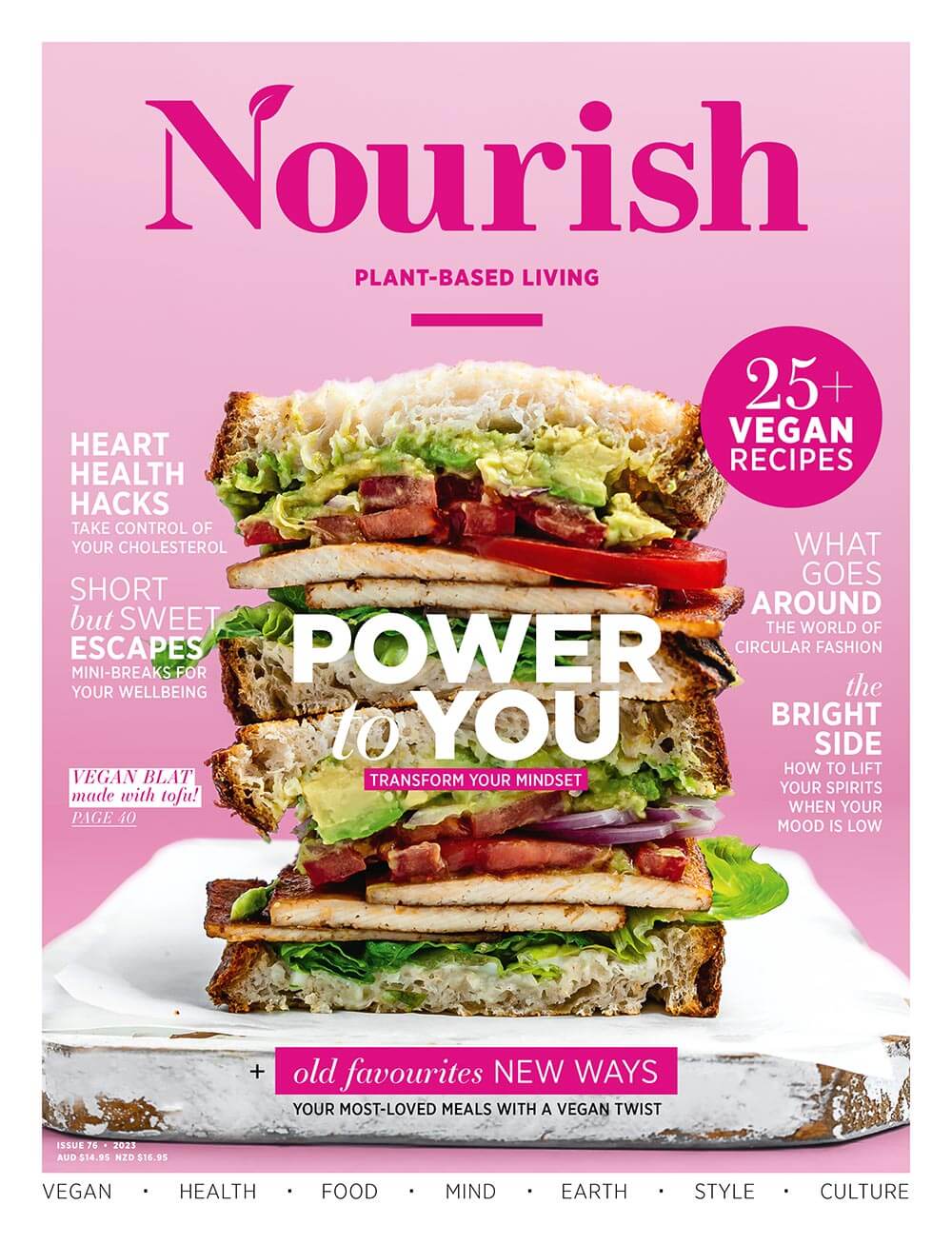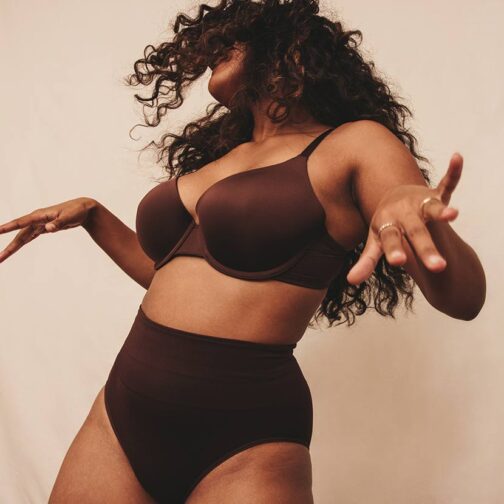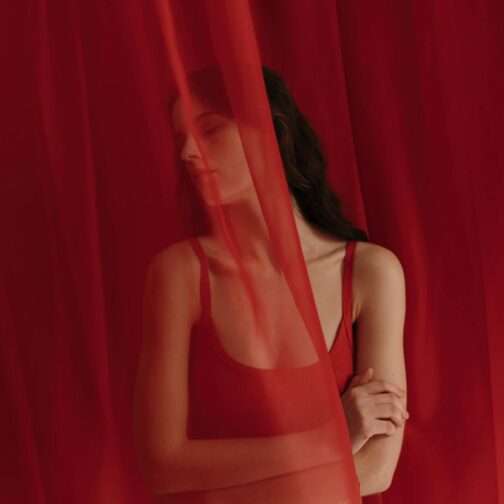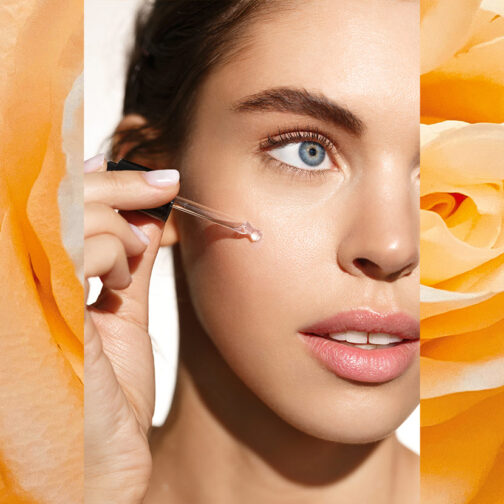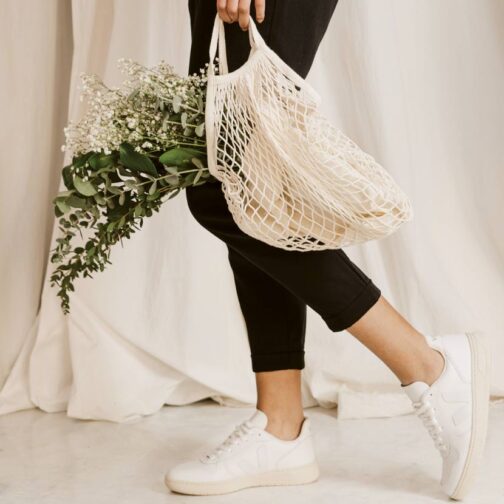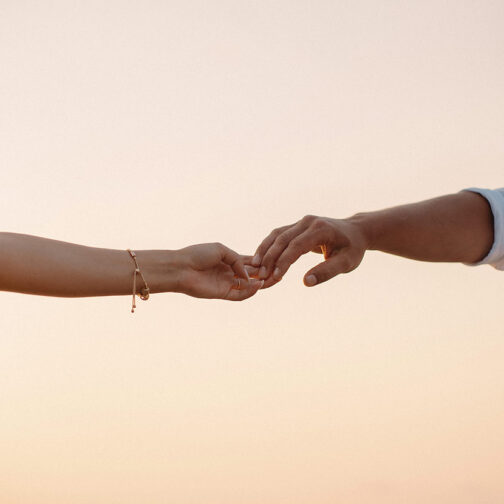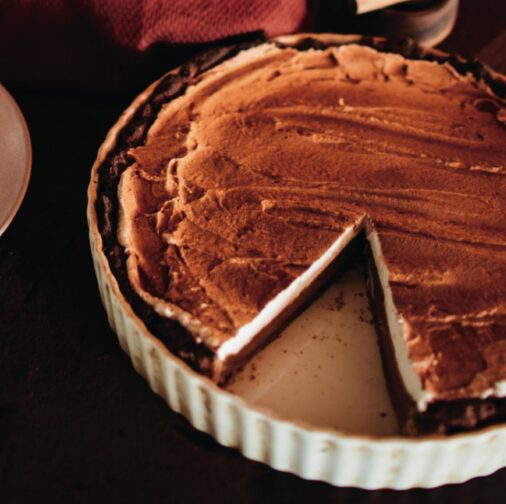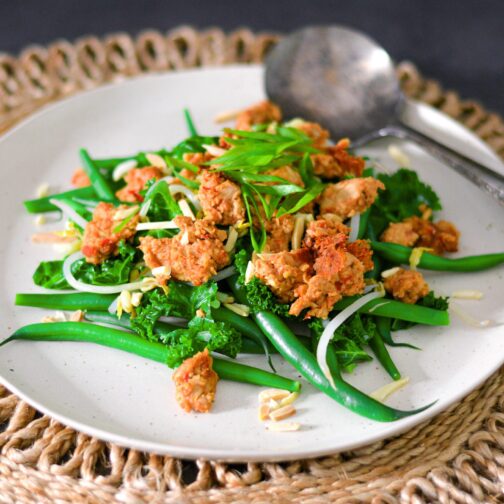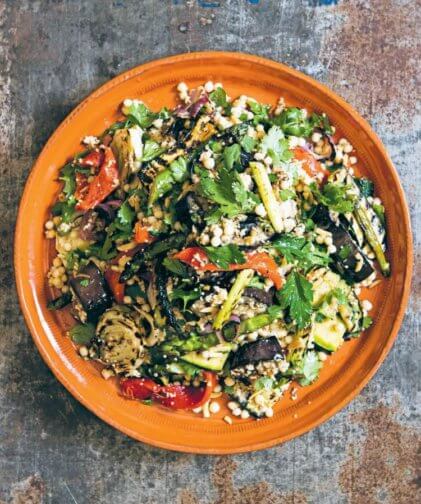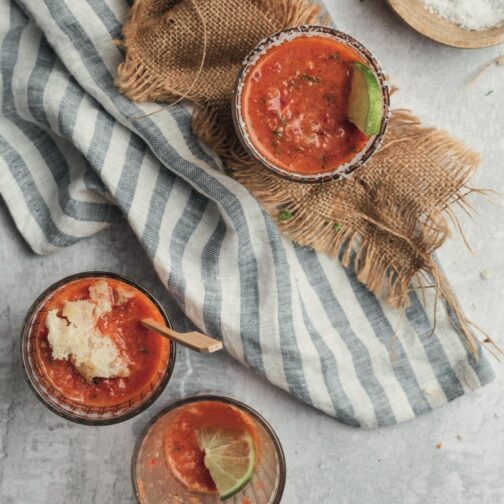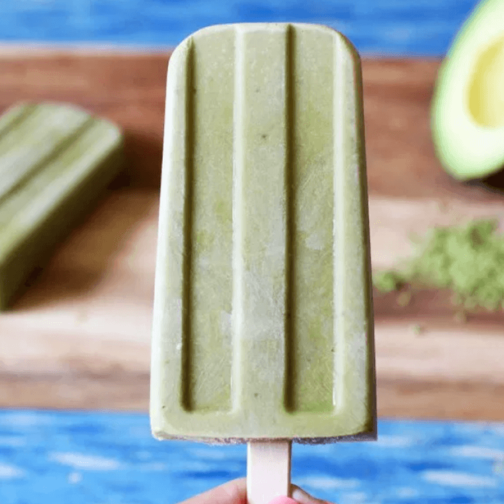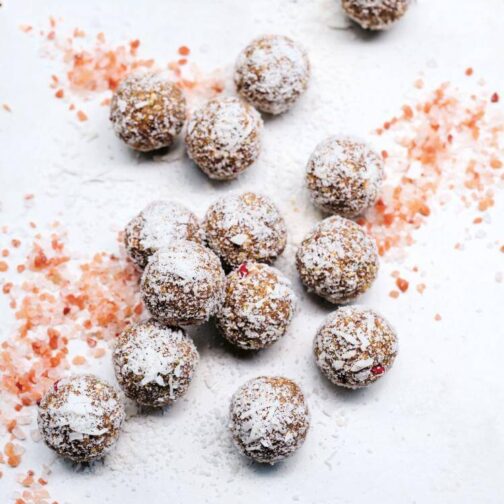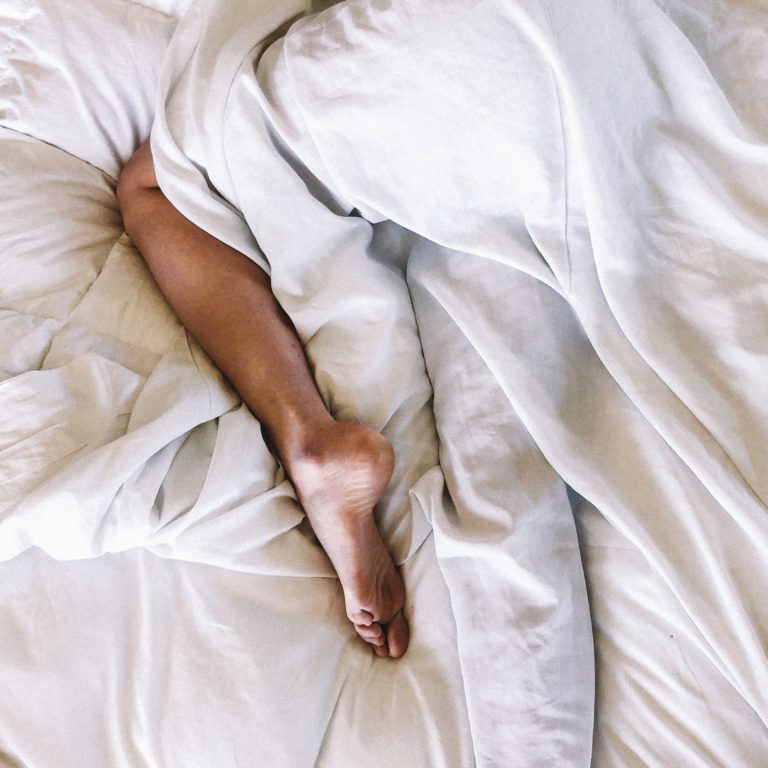
Second-hand fashion is the most ethical and creative way to shop, not to mention the thrill of the chase! There’s something for everyone, from boho to glam, vintage to designer label.
Second-hand shops, op shops, thrift stores, consignment stores – they have always been around, but it’s only now, in the era of sustainable fashion, that they are finally getting the attention and credit they deserve. Once relegated to a dark, dusty corner of the fashion world (if even considered ‘fashion’), op shops have stepped out into the spotlight.
Social media campaigns such as #SecondHandSeptember, started by anti-poverty charity Oxfam, encourage fashionistas all over the globe to wear pre-loved fashion. And it has been a huge success – as I am typing these words, over 48k Instagram posts have been shared with this hashtag. One recent UK study by waste management agency Business Waste showed that almost half of the respondents owned second-hand clothing. New York business professor Scott Galloway went as far to predict that second-hand clothing will be “a bigger industry than fast fashion within nine years”, adding that, “it’s being driven by young people”.
THE MOST ETHICAL CHOICE
The uprising of second-hand fashion is connected to people learning about fashion’s involvement in the environmental crisis. Overproduction and excessive consumption is one of the main reasons our clothing puts such a huge toll on our environment. Fashion houses used to have two main seasons – autumn/winter and spring/summer – but they now have cruise collections, couture shows, limited editions, collaborations, and so much more. Fast fashion brands can put out as many as 50 collections per year, meaning new stock hits the stores almost every week. And where do all of these collections end up? For many of them, the answer is: in landfill. The equivalent of one garbage truck of clothes is burned or dumped in landfill every second. Given the fashion industry is responsible for 10 percent of all human-caused carbon emissions, it’s vital to consider ways in which we can keep consumption down.
Second-hand fashion is the winner when it comes to ethical shopping simply because it involves using things that we already have, without the need to produce anything new or use any new resources. This is preferable to new production – and any new production, including the most ethically made garments. Using clothing that already exists can even be more ethical than making your own clothing, as you aren’t buying or using any new fabric.
PREPARING FOR PRE-LOVED
I must admit that I used to have a few prejudices against second-hand shopping. After visiting a few op shops in London, I came to the conclusion that I’d never find anything on the second-hand market to suit me. How wrong I was! Luckily, I decided to give charity shops another chance a few years later, and this time, I was hooked. After discovering amazing find after amazing find, I developed a real passion for spending Saturday afternoons trawling through op shops, hunting for hidden gems. The thrill of second-hand shopping is that sometimes you will leave the shops with exciting finds and other days you will find nothing. But that’s part of the beauty of second-hand – the treasure-hunt!
Alex van Os, a sustainable stylist known for her love of second-hand shops says, “It’s important to think about what type of clothing styles or brands you like wearing. For example, if you normally wear and love designer clothes, I would begin looking at consignment boutiques and pre-loved auction or sale sites where you can search for your favourite brands. If you were interested in trying vintage for the first time, you could visit curated vintage boutiques. Otherwise, if you love a range of brands from designer to high street and vintage, I recommend popping into your local op shop as you never know what you’re going to find. Once you’ve fallen in love with shopping second-hand and you feel ready to experiment, visit a range of different pre-loved stores or clothing swaps, as each one is a true treasure trove. Shopping pre-loved is a real win-win! Not only are you saving money, rescuing clothing which could have been destined for landfill, and reducing the amount of carbon emissions produced from making new textiles, but you are also supporting local businesses and charities – and all while having fun and looking amazing!” If you want some inspiration to get you started, check out Alex’s Instagram: @op_shop_to_runway.
FIND YOUR HUNTING GROUND
Shopping second-hand is likely to make your wardrobe more unique, prompt you to be more creative with your style, and inspire you to think more carefully about each purchase. Take it from someone who’s rarely NOT wearing something pre-loved: you will be happy you gave it a chance.
ONLINE MARKETPLACES
Online second-hand marketplaces are full of amazing finds from all over the world, and even when only buying vegan fashion, the options are endless. You might not be able to find what you need straight away, but if you are patient and keep searching, you will come across exactly what you are looking for. Whip out your phone and download apps like Depop or Vinted and visit sites like Vestiaire Collective and good old eBay. If you aren’t buying from a local seller, some apps allow for international shipping at your expense and if not, you can always use a freight forwarding service.
OP SHOPS
Second-hand shops are a goldmine of beautiful, unique garments – it may take a bit of trawling, but once you get your hands on something, you can be certain you won’t be part of the high-street army of identically dressed people. The type of things you will find in these shops vary wildly, and there is only one trick to master op-shop shopping – go often. Visit frequently and don’t get discouraged if the first few visits don’t garner the desired results. Keep going back and keep visiting a variety of op shops if you want those precious, rare finds to be yours.
SWAP SHOPS
You know second-hand fashion is on-trend when London Fashion Week holds a swap shop – and that’s exactly what happened this February. Swaps are a fantastic way to renew your wardrobe without spending any money or contributing to environmental destruction. The way swap shops work is that participants bring clothes that are in good condition but that they no longer intend to wear. Everyone pays an entry fee to the event, and then you simply swap clothes with one another. It’s a creative way to ‘shop’ that brings new life to your wardrobe while avoiding actual shopping.
LUXURY FOR HIRE
Love designer clothing, but hate the price tag? Luxury fashion is no more kind to the environment than fast fashion – the industry kills a large number of animals each year, and often, horrendous conditions for workers are involved in production. A great way to get the designer look without splashing the cash is to check out the new crop of websites that offer designer clothing for rent. A quick Google search should offer up plenty of local options. It’s a fabulous way to access designer labels in an affordable and eco-friendly way.
WARDROBE RAIDS
I have several garments in my wardrobe as a result of the impulse purchases of my friends, things that they decided they didn’t like or items they just don’t wear anymore. The same goes the other way – if you grow tired of any clothes that are still in good condition, ask your friends if they want to help themselves. One person’s trash is usually another’s treasure – and the planet will certainly benefit with less strain on its resources. So go ahead, raid each other’s wardrobes.
